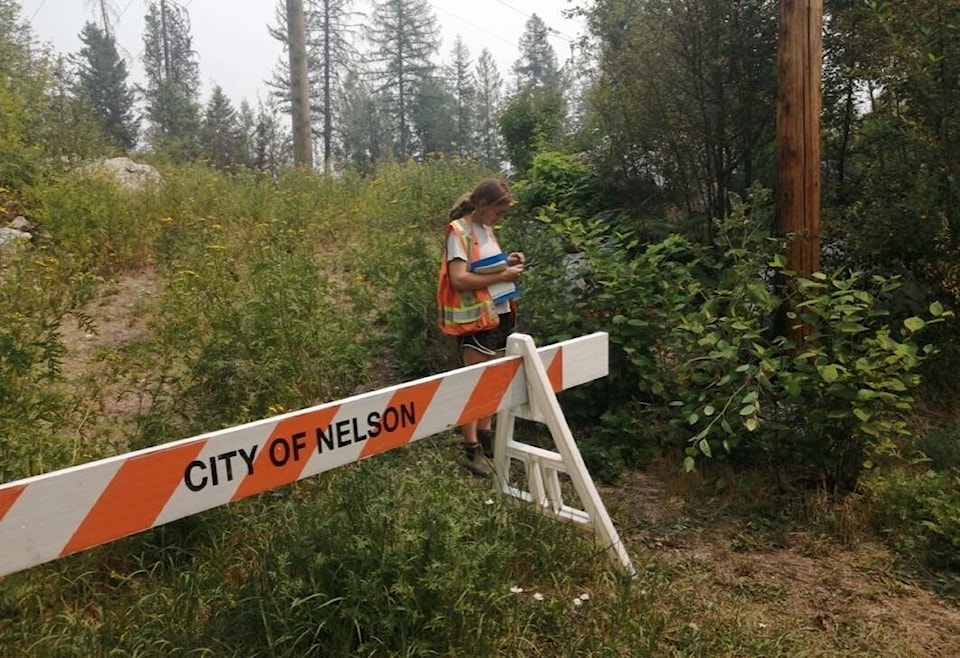by Timothy Schafer,
Local Journalism Initiative Reporter,The Nelson Daily
The regional district has devised, deliberated and now delivered a new regional invasive species strategy to deal with invasive plants on Regional District of Central Kootenay-owned or leased properties.
In December the RDCK board of directors directed staff to enter into an agreement with the Central Kootenay Invasive Species Society (CKISS) for invasive plant management, up to a maximum cost of $48,230.
The strategy will involve control of invasive species — such as zebra and quagga mussels, knotweed and knapweed — through education management and outreach, ensuring the program is efficient throughout the region over the long term.
In June 2021, a proposal was created for an implementation plan of the draft strategy.
“Following the recommendation of the strategy, there was agreement that RDCK invasive species management should first focus on regional district owned and leased lands and facilities,” said RDCK sustainability planner Paris Marshall Smith in her report to the board.
In January 2022, the regional district began to work with CKISS to detail an invasive plant inventory on RDCK-owned or leased properties and develop a plan.
The report provides recommendations for invasive plant management, with the accompanying report, coming in January, with recommendations for implementation of the strategy.
The strategy contained four goals: improve regional organizational capacity, implement prevention and management, develop a legal and policy framework, and improve awareness and community engagement.
The root cause for the development of the strategy isn’t purely aesthetics.
The Weed Control Act requires the regional district as landholder to “control noxious weeds growing or located on land and premises, and on any other property located on land and premises, occupied by that person.”
Marshall Smith said that across regional district departments invasive species management is inconsistent year-to-year.
“Departmental staff have requested clear organizational policy and guidelines that would enable consistent funding and activity,” she wrote in her report.
Invasive species have a significant impact on ecosystem health, and the International Union for the Conservation of Nature considers them one of the greatest threats to biodiversity across the globe.
“Invasive species can erode natural habitats and out-compete native species,” said Marshall Smith. “This is exacerbated by the effects of the changing climate as invasive species tend to be more effective at adapting than native species.”
